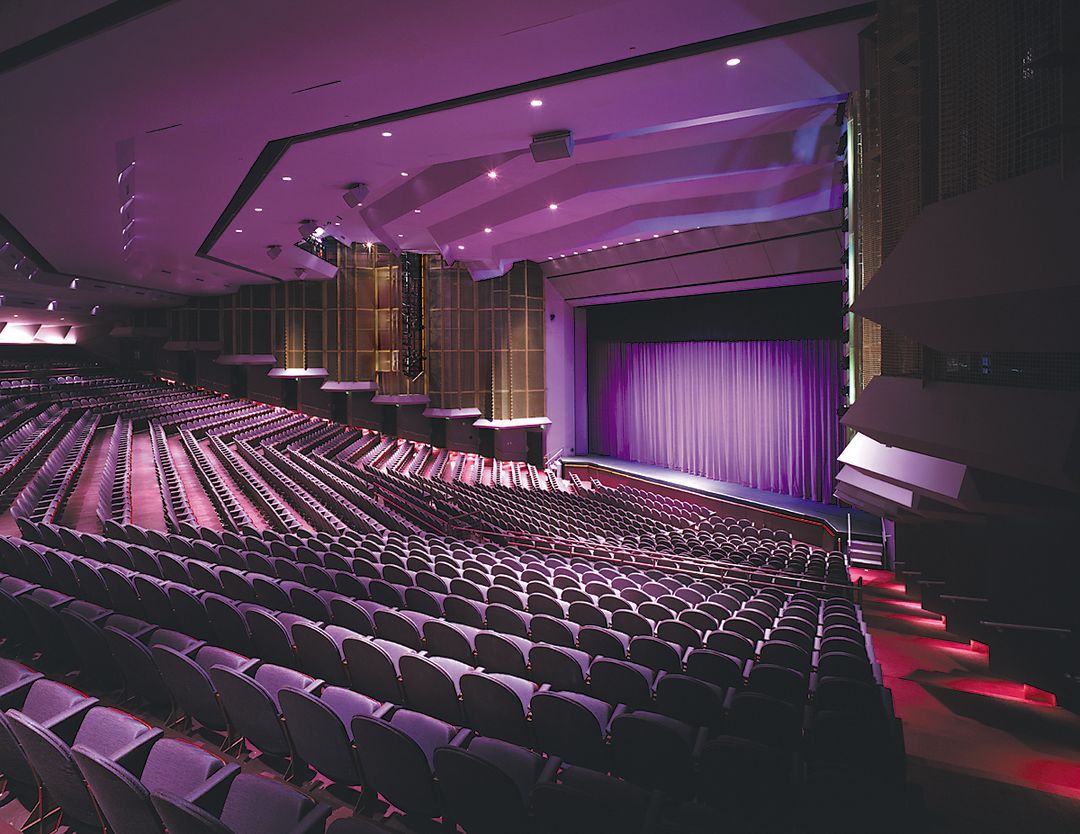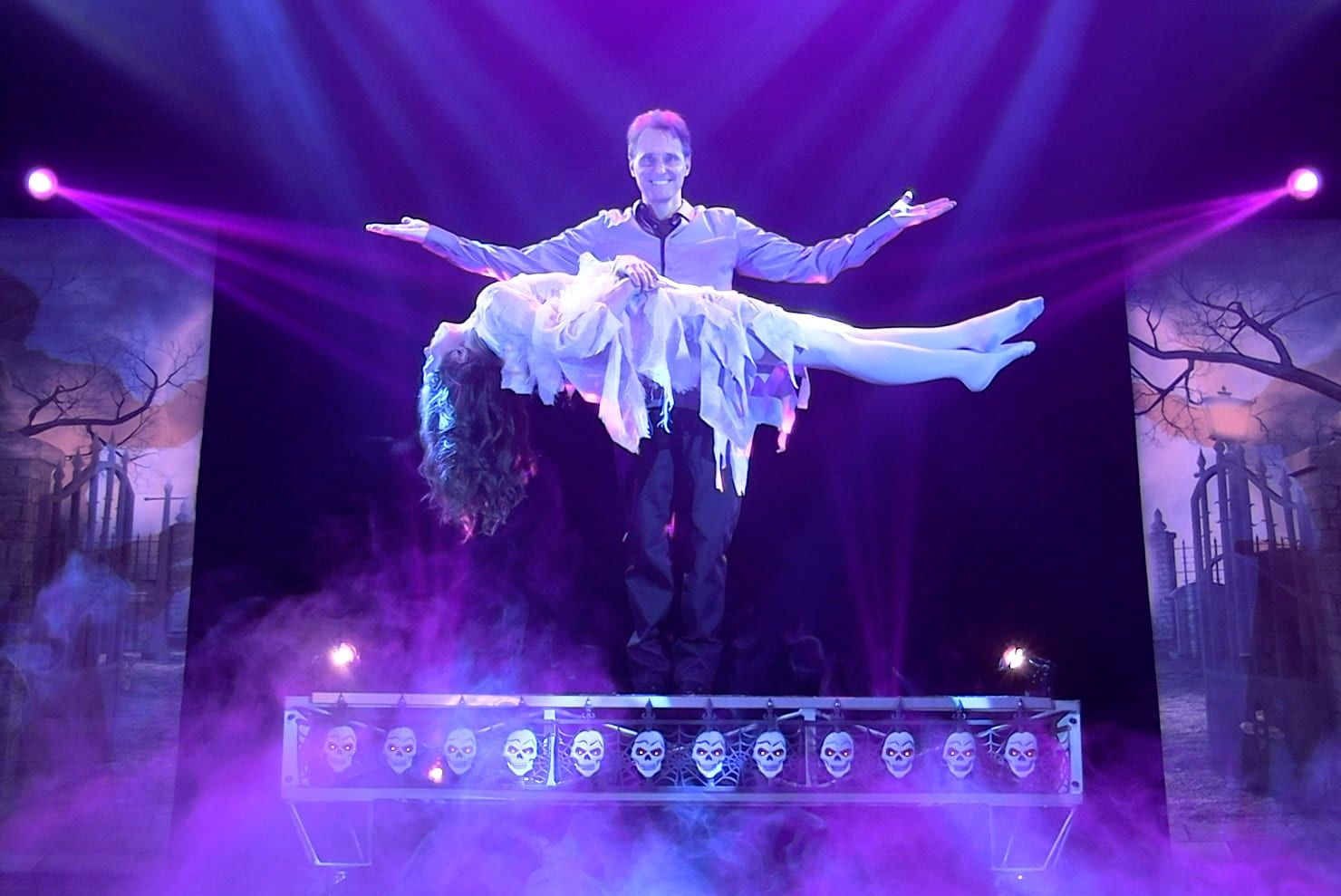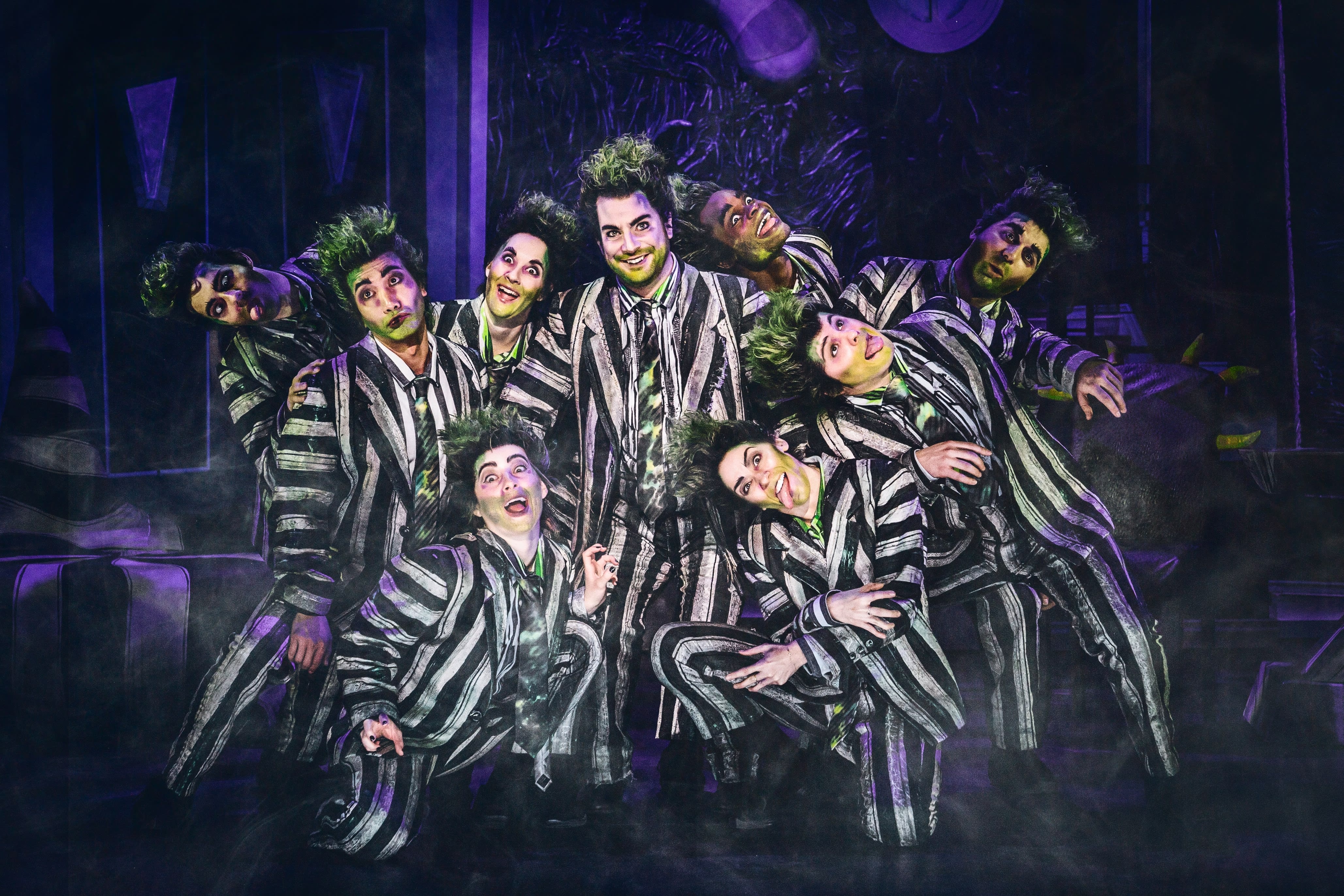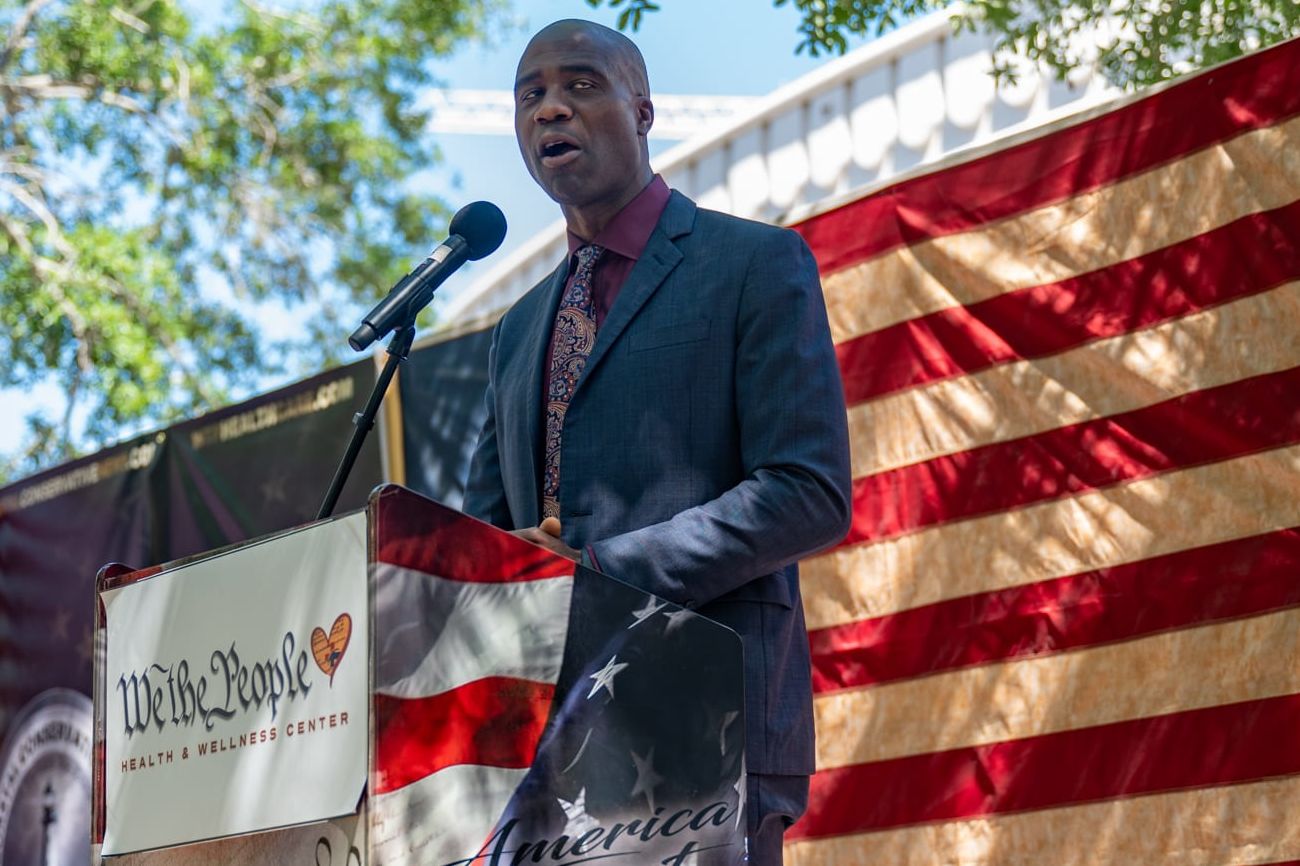Is It Time to Tear Down the Van Wezel Performing Arts Hall?

City leaders dreamed big back in the 1960s when they envisioned a performing arts hall that would make sleepy little Sarasota the cultural capital of Florida.
They asked one of the world’s great architectural firms, Taliesin Associated Architects of the Frank Lloyd Wright Foundation, to design a landmark building. (They got a purple seashell—a color and shape just not seen in architecture 46 years ago.) And they insisted the new, city-owned hall must bring world-class artists to its stage, superstars like Luciano Pavarotti, Vladimir Horowitz, Ella Fitzgerald and Artur Rubinstein.
It worked. Just 122,000 people lived in Sarasota County in 1970, the year the Van Wezel opened. Yet the city-owned hall thrived from opening night. With 1,761 seats in a continental configuration with plenty of exits on either side but no center aisle (continental seating was the next big thing in theater design back then), it earned a national reputation for the big-name artists it presented and provided a home for a dozen-plus local arts organizations. Residents took enormous pride in the place, and visitors were impressed with the town’s cultural sophistication. Longtime managing director, the late Dr. Curtis Haug, used to say the Van Wezel sold more Longboat Key condos than any realtor.
Decades before the internet and online ticketing, the Van Wezel season brochure was mailed on the same September weekend every year; the mailing was a major civic event. Ticket orders were filled in the order they were received, so patrons rushed to fill out their forms and a check (credit cards and even phone orders weren’t accepted until 1987), then sped to the post office on Ringling Boulevard. Postmen standing in the median waved along the queue of cars, reaching into drivers’ windows to grab the purple envelopes while a jazz band played jaunty tunes. In the month it took to fill those orders, more than 50 percent of the season’s tickets would be sold.
But by the 1990s, touring shows were getting bigger and more elaborate, and the Van Wezel’s stagehouse was too small for many of them. The Tampa Bay Performing Arts Center, now the Straz Center, opened as the largest performing arts complex in the Southeast, and siphoned away the blockbuster musicals like Phantom of the Opera. Back when I was the Van Wezel’s deputy director in charge of marketing and development (1991-2001), we began feeling our limitations and joked that we could present Guys or Dolls.
A $22 million renovation, completed in late 2000, yielded a bigger stagehouse, bayside lobby, bathrooms and Grand Foyer; first-ever elevators; a multipurpose education room; and offices for staff and the private Van Wezel Foundation. (Mine had been a repurposed stationery closet.) The project took away a dozen seats, however, because handicapped seating was added. Taliesin’s ingeniously designed seats, which slid back to let patrons pass through aisles with ease, were replaced by stationary seats that made each row narrower. (Don’t get me started on the cup holders added later that bang my shins and make traversing aisles even trickier.) And the project did nothing to alleviate the crush on sold-out nights, when patrons pack both lobbies so tightly you fear you might get trampled.
In the past few years, a private consortium, Bayfront 20:20, has been reimagining the 42 acres that the Van Wezel and its vast parking lot share with the Sarasota Orchestra’s Beatrice Friedman Symphony Center, Art Center Sarasota, Municipal Auditorium, Coast Guard Auxiliary building and the lawn bowling courts.
As part of that effort, the Van Wezel Foundation funded a needs assessment study conducted by Connecticut-based AMS Planning and Research. The consultants concluded that the Van Wezel isn’t big enough or well-equipped enough to accommodate future growth. It’s so heavily booked between October and April, for example, including by local organizations like the ballet and the orchestra, that there’s little opportunity to add more programs—and revenue. It needs 350 to 400 more seats to keep tickets affordable. Its aging technical systems need costly repairs and replacements. It lacks an ancillary multipurpose space, common in newer performing arts complexes, which would provide new rental revenue. And in a world of rising sea levels, it’s perilously close to the bay.
The study lays out two scenarios for a new 2,100-seat venue with a separate banquet/multipurpose performance room and an outdoor amphitheater (think outdoor concerts and even simulcasts). The first scenario has room to accommodate a resident orchestra, at an estimated cost of $123.48 million; the second, which does not include a resident orchestra, is estimated at $120,785,000. (The Sarasota Orchestra has been fund raising for its own building but it’s possible it could decide to go into such a facility.)
Van Wezel executive director Mary Bensel agrees it’s time for something new. “We need a better patron experience,” she says. “The Van Wezel cannot be the performing arts hall for the next 50 to 100 years.”
All sorts of questions remain. Who would pay for a $120 million performing arts complex? Bensel and Monica von Buskirk, executive director of the Van Wezel Foundation, say the issue hasn’t been formally addressed, but it would likely be the foundation in partnership with the city of Sarasota (as it was in that 1999-2000 project). And how would a new complex fit into the plan that’s being developed by Bayfront 20:20?
Maybe most important to me, what would happen to the Van Wezel? Building a new center does not exclude repurposing the Van Wezel, says Bensel, but “that’s not for me to say.” So far, nobody—not the consultants nor Bensel nor any city official—has declared the beloved purple hall should be torn down. But Bensel does maintain that any new facility needs to continue to be on a prime bayfront site, and that argues for a new hall rising where the old hall once stood.
I love the Van Wezel. Like so many others, I’ve been entertained and inspired at the hall, and I also had the privilege of working there and forming treasured memories. I greeted friends and strangers in the lobby, chatted with stars like George Burns and Mandy Patinkin in the Green Room and watched my kids grow up backstage. But is it time for a new, modern performing arts complex to take its place? I believe so. Yes.



